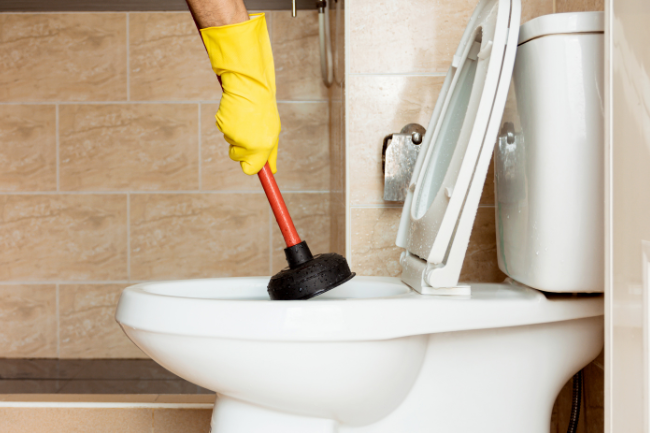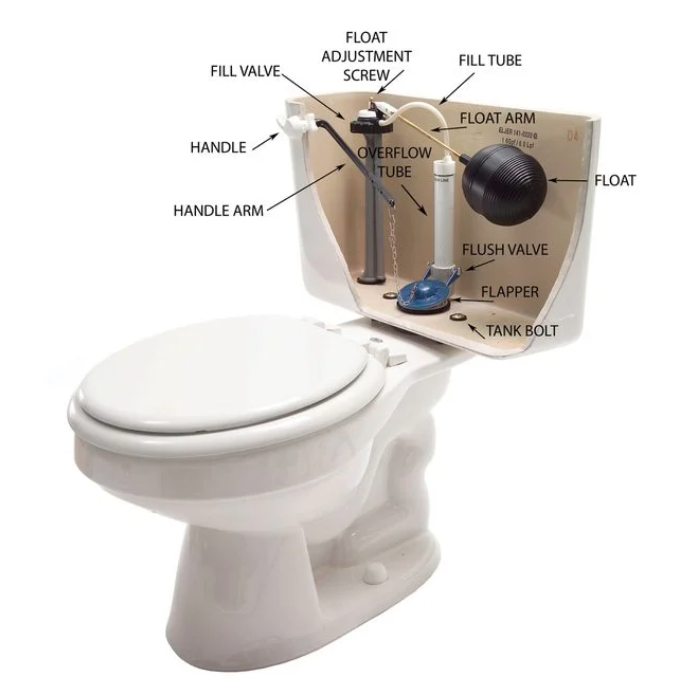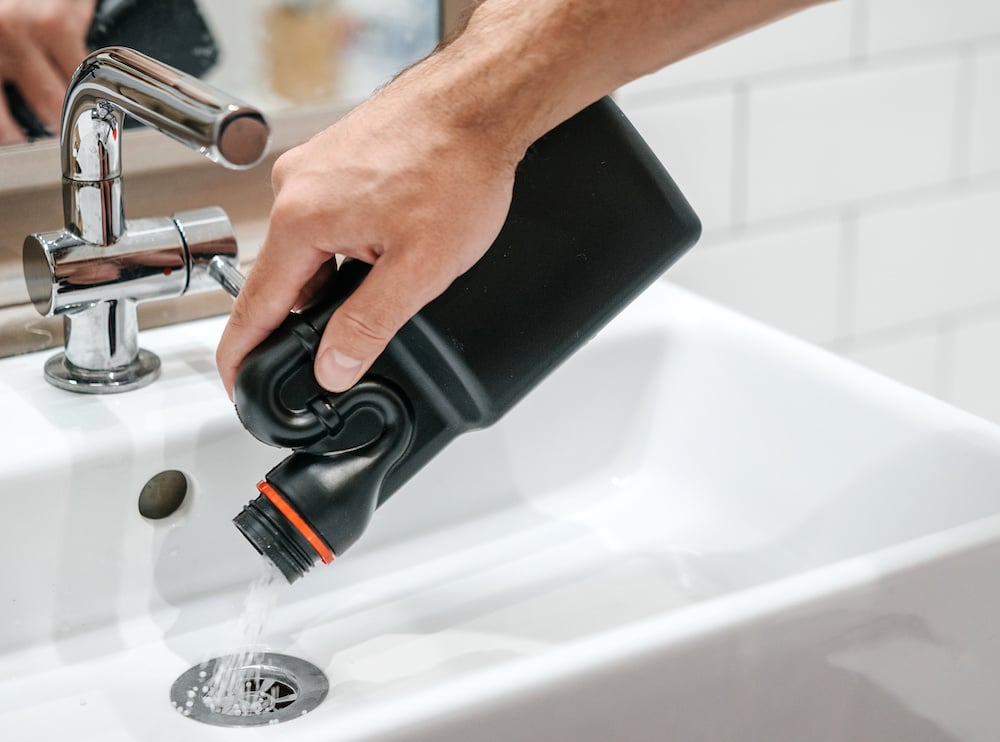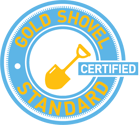10 Quick Ways To Fix A Clogged Drain
Posted by William Heinselman on
 Drain clogs, while a conventional home plumbing problem, are never a welcome addition to a homeowner’s day; even worse, they always seem to happen at the worst of times. So how can you deal with these problems quickly, and put them behind you in an affordable manner?
Drain clogs, while a conventional home plumbing problem, are never a welcome addition to a homeowner’s day; even worse, they always seem to happen at the worst of times. So how can you deal with these problems quickly, and put them behind you in an affordable manner?
Fortunately, there are a number of at-home remedies you can try, which often help homeowners completely resolve their drain clogging issues. By knowing what techniques, preventative measures and tools you can use right now to eliminate frustrating clogs, you can greatly limit how a clog may affect your home plumbing in the future.
1.) Simple Hot Water Application
One of the most simple and conventional ways to handle a home drain clog is through an easy hot water flush. The heat, along with growing water pressure and force, will often burst through clogged drain pipes, freeing whatever had become lodged within the pipe. This solution should be your first unclogging attempt, as it requires nothing other than a working faucet and heated water (something you should already have available).
Run hot water through your drain pipes for 10-15 minutes, and reassess the clogging. If this first step proves unsuccessful, don’t worry too much; there is a number of other, at-home methods of drain unclogging you can try before the need to contact a professional arises.
2.) Homemade Chemical Solutions
One of these additional methods is a homemade chemical mixture (NOT those hazardous, chemical solutions you can buy at your local home improvement stores; those can, in fact, damage your pipes, while also posing great personal health risks).
At Express Sewer & Drain, we offer a less dangerous, and far more convenient solution: a tried and true baking soda and vinegar mixture can do wonders in relieving a clog from your home drain pipes. When these mixed elements react, they will often dissolve through clogged gunk or other materials. This often performs the same duties as chemical cleaners, but without the health risks and pipe damaging agents that come with commercial cleaners.
3.) DIY Drain Snaking
One incredibly valuable tool many homeowners don’t know they can find for home use are the drain snakes, our augers, which professional plumbing specialists use to dismantle and free clogs. These tools, often found at home improvement stores, can knock away clogged substances in a matter of seconds, and pull out any stubborn gunk concentrations that may be affecting your drains.
Effective at either breaking away clogged materials, or pulling larger lumps out through a drain entry point, these handy tools are often the perfect solution to moderate clogging, and are relatively simple to use.
4.) Using Your Standard Plunger
One solution you may not have even considered for unclogging home drain pipes and general drain cleaning is your standard, home plunger. All you have to do is fill your sink or tub with about three inches of water, form a tight seal around the drain entrance with your plunger, and push back and forth rhythmically.
Continue this for about a half-minute to one minute, and at a steady pace; this builds air pressure in your drain pipes with every individual push, which can effectively dismantle most clogged materials. Additionally, specialized sink plungers are made specifically for these applications, which can be found at your local home improvement store for an affordable price, making them a tool easily worth the investment.
5.) Cover Up Overflow Vents
However, while plunging alone can be an effective clog remedy, there is one critical step many homeowners forget when trying this method: cover your overflow vents! These are the air slits and holes along the brim of your sink, which keep overflows from occurring. As they are direct opening to your drain pipes, leaving these open while plunging a clog away with only result in the physical force from plunging escaping.
Using a plunger to eradicate a drain clog is only effective if these openings are tightly sealed; try using a wet close, a flat, hard surface (if the vent surface itself is flat), or even duct tape to seal these vents.
6.) Out Of Ideas? Try Soda!
Much like the homemade solutions we’ve talked about earlier in this blog, another perfect clog-clearing solution may be sitting right under your nose, in your home refrigerator. Carbonated soda products can actually be used to dissolve clogged materials, with astounding success.
The dissolving agents, such as phosphoric acid, within sugary soda products eat away at grease and clogs, eliminating any clogging in a much safer manner than with commercial cleaners. Once completed, simply flush your drains out with water to clear the loose materials out of your drain.
7.) Check Your Plumbing Traps
Often, the everyday clogs homeowners are faced with can be completely removed by removing and cleaning your drain fixture’s plumbing trap. These traps are the curvatures a short way along drain pipes, which use gravity to form a natural water seal between your home’s air and harmful sewer pipe gasses.
While these pipe sections perform a crucial role in keeping your drains running efficiently, and keeping your family safe from sewer gasses, clogs can, and do, develop at the bottoms of these curves, as they are low-points in a drain system. Fortunately, plumbing traps can usually be removed and cleaned out with little effort (a process we go into further here), restoring your drains to their normal state.
8.) Get A Professional’s Help
When all else fails, do not hesitate to call a professional! If you notice warning signs of a clog, or develop grime accumulation, contact your local plumbing service professional right away for an expert evaluation. Acting now can help you avoid more severe drain clogging and damages, as well as more expensive repairs, in the future.
Drain cleaning professionals have the right experience and tools to take on virtually any drain pipe clogging, no matter the circumstance. Best of all, these services are affordable under any budget, and well worth restoring your drains!
9.) Avoid Clogs Altogether
Of course, one of the easiest ways to fix a drain clog problem is to avoid developing one altogether; this can be done with the right prior consideration and care for your plumbing, saving you in the long-run. Most of all, be wary of what you throw down your garbage disposal; despite its name, it is not a garbage can.
Avoid running the following through your garbage disposal:
- Fibrous food products, such as food skins and stringy vegetables
- Animal bones and cartilage waste
- Plastic wrappers or household paper products
- Food wrappers, or anything non-biodegradable
- Expandable food products
- Kitchen grease and oil
10.) Check Your Drains Regularly
The best way to prevent clogs from developing in your home’s plumbing is to check your drains semi-regularly, and take precautionary note of any performance problems. Notice strange odors coming from your drains, or water backup when running your sink? Try the above methods, or contact a plumbing service professional right away.
Ideally, you should check your drain pipes for clogging, grime buildup or other abnormalities once per month. In addition to DIY evaluations, we at Express Sewer & Drain highly recommend having your drains, and entire home plumbing, professionally inspected at least once every year. These experts have a specialist’s eye for things you may not when it comes to plumbing issues. If you’d like to learn more about effective drain cleaning, or think you may require a high quality, professional inspection of your home plumbing, contact us today.

Topics: Commercial Plumbing, Home Plumbing, Drain Cleaning and Repair






